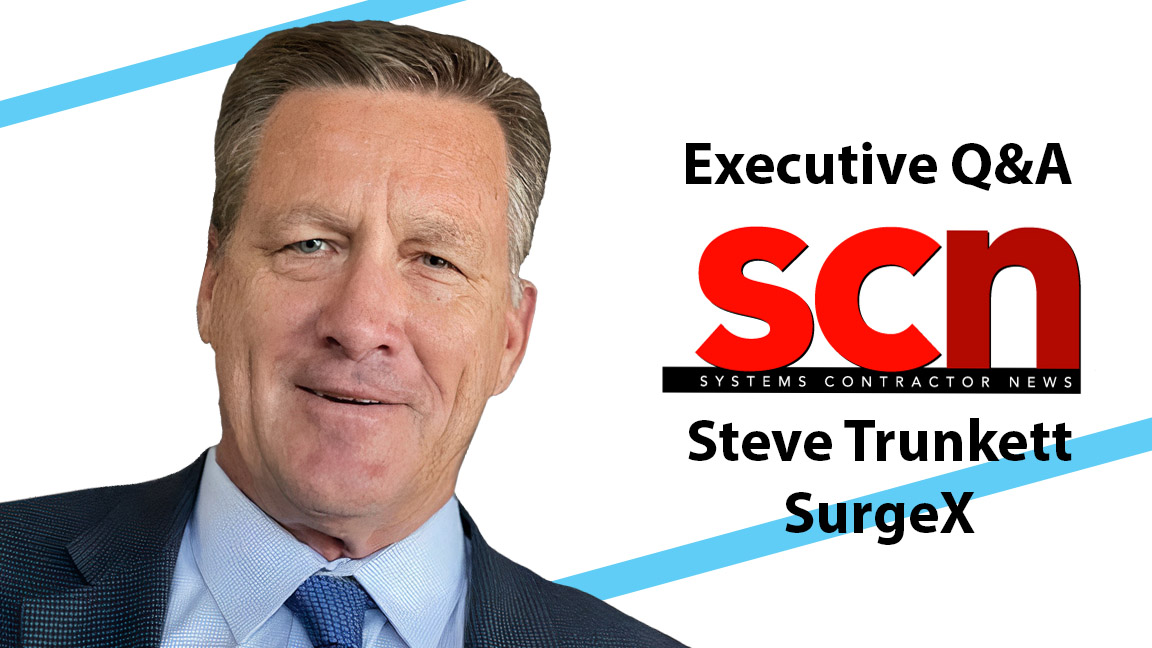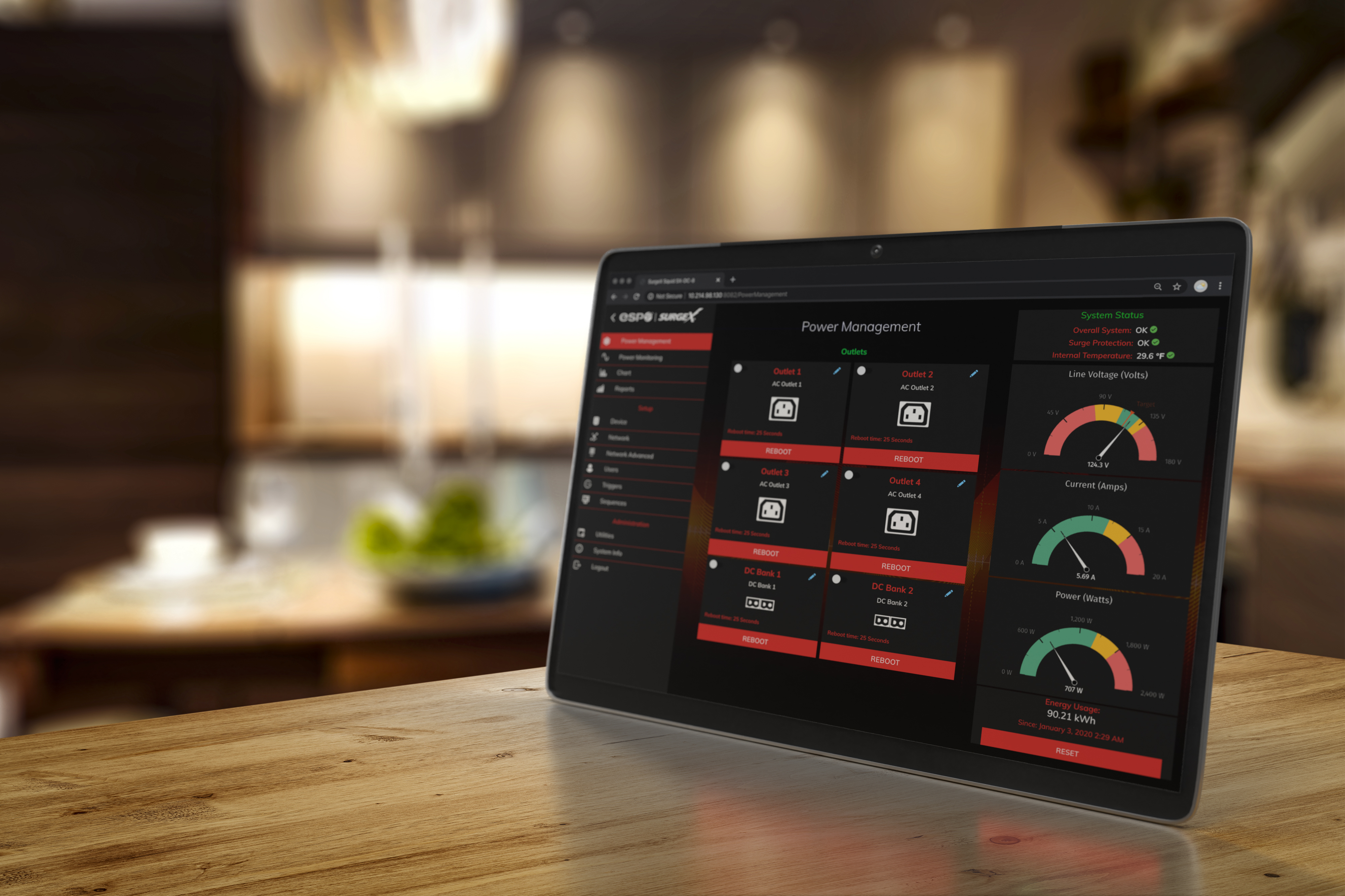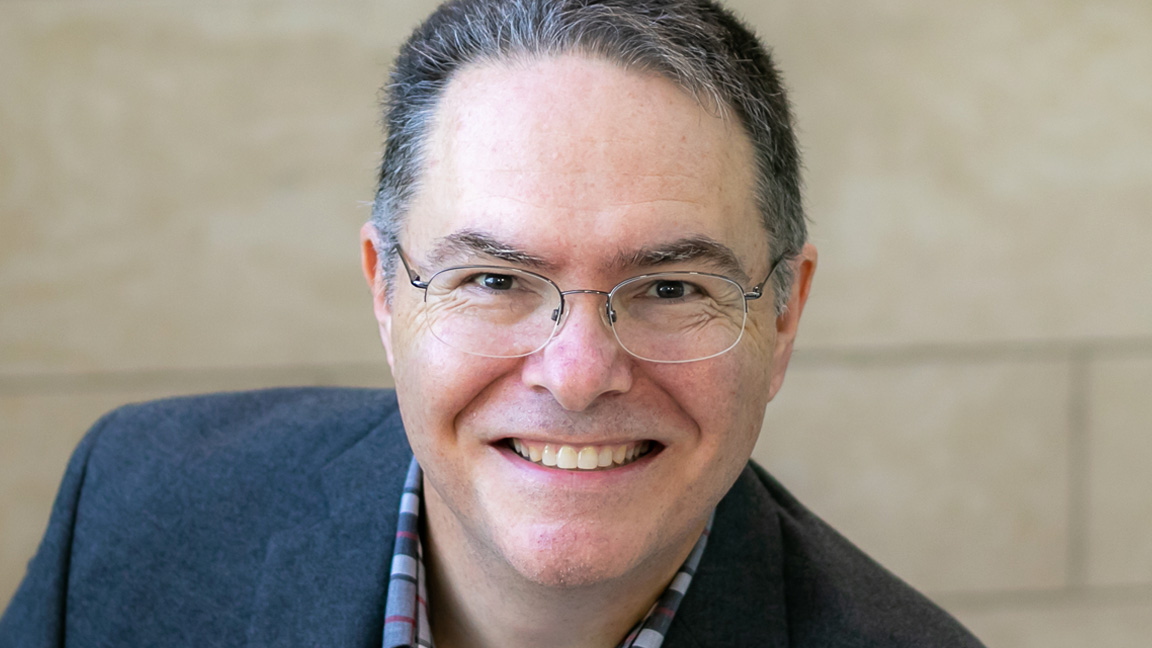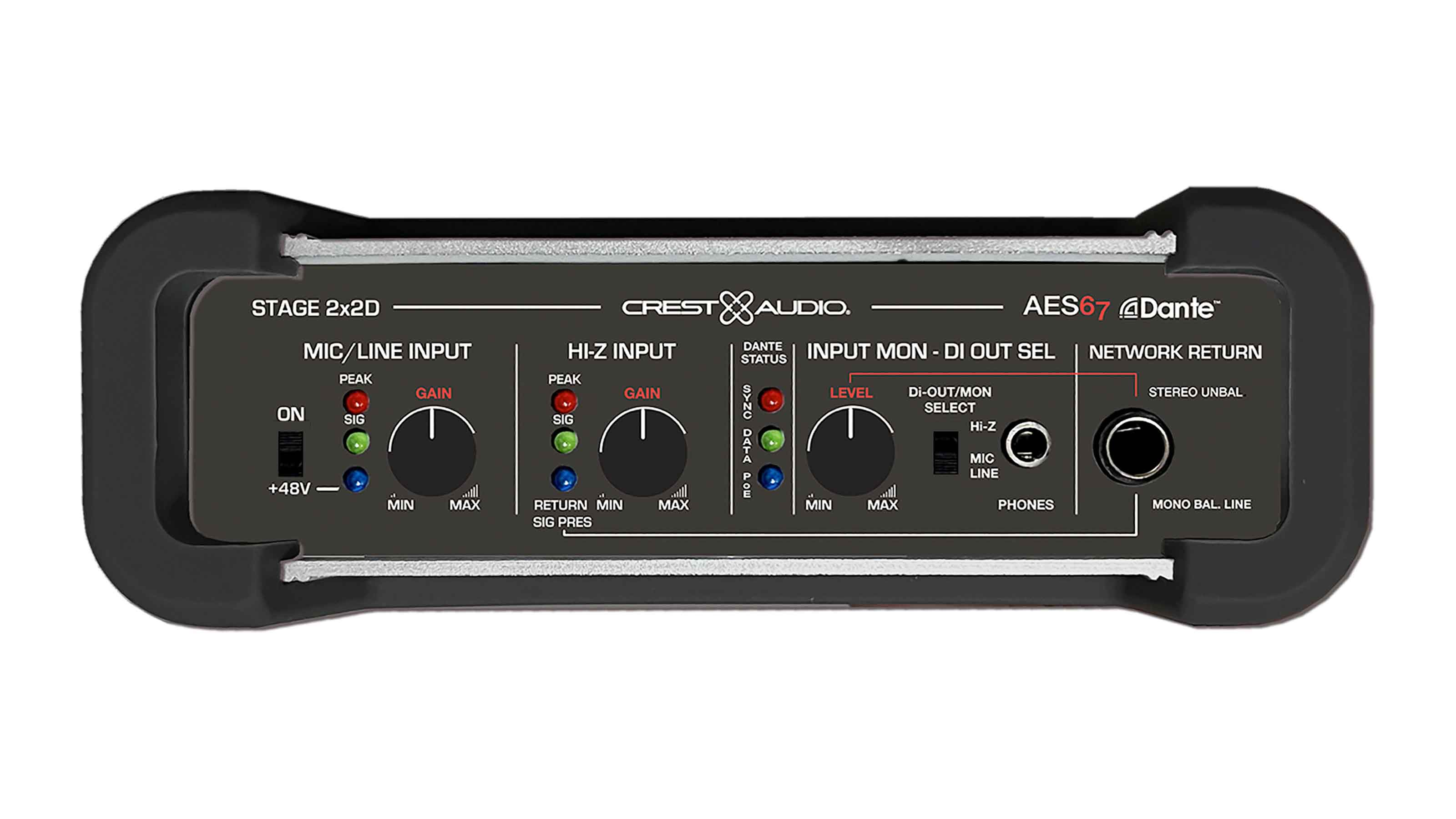Executive Q&A: Keep It Clean
Steve Trunkett, SurgeX director of global sales, talks about the importance of power management.

SCN: How long have you been with this company, and what are your responsibilities?
Steve Trunkett: I joined the SurgeX team about two years ago, and since then I’ve enjoyed working with our team of experts to bring light to the relevance, significance, and diversity of power protection solutions for integration projects. Day-to-day I work closely with our sales team to communicate the value of our technologies for all types of projects. My biggest responsibility is identifying how to best support our current and prospective customers with a reliable suite of power management and monitoring solutions, while also nurturing innovation and keeping up with the evolving demands of the market.
[Executive Q&A: Diamond Days for Verrex]
SCN: I don’t want you to upset any of your potential customers, but do integrators tend to overlook power management solutions?
ST: In my experience, integrators don’t intentionally overlook power management, but since the category is always growing and evolving as the grid faces new demands, there are always ample opportunities to explore and grow product offerings to best protect projects. Due to the evolving and often invisible nature of power quality, many integrators come to discuss how to best communicate the value of power management in their projects. To combat uncertainty, our team partners with integrators to grow their portfolios with the most comprehensive, reliable, and scalable solutions. We encourage them to bring up power management early in conversations with customers; it adds value to the overall wellness of the project when integrators do this.
SCN: What do you mean by “clean” power and “power conditioning,” and why are they important for Pro AV installations?
Technology is often a massive investment, whether it’s for personal or commercial use, and dirty power is not a risk that customers or integrators want to take.
ST: Clean, conditioned power is one of the most important factors for reliable equipment operation. The power that is entering electronic devices—whether that’s collaboration technology, connected home systems, lighting, PCs, or AV racks—needs to be clear of anomalies to prevent the risk of damage and degradation. “Dirty” power caused by voltage irregularities like spikes, sags, and surges can wreak havoc on these devices, causing outages, interruptions, and a shortened lifespan due to overload. Technology is often a massive investment, whether it’s for personal or commercial use, and dirty power is not a risk that customers or integrators want to take.
When we put a conditioner and other management tools in place, we’re taking the power back. The power conditioners are designed to regulate incoming electricity, remove distortions, and keep consistent power flowing into connected devices.
A daily selection of the top stories for AV integrators, resellers and consultants. Sign up below.
SCN: As a native Floridian, I am all too aware of lightning strikes. What can integrators do to minimize damage from power surges?
ST: Power conditioning is a great first step to ensure your power is clean, but for frequent surges and outages, true surge elimination is key. Solutions like power strips with a built-in MOV surge protector, contrary to popular belief, are usually not suitable for today’s intricate technology systems or environments that experience frequent hits. They can only withstand a small strain from power events before being degraded or damaged, giving a false sense of security when left in place long term.
Instead, it’s best to opt for true surge elimination technology. Our Advanced Series Mode protection is designed with patented circuitry to remove surges from the power environment in a non-sacrificial way, ensuring the anomalies won't degrade the power management device or the connected equipment. For true outages, you can also opt for a solution that includes a battery backup, which can keep critical technologies online with virtually zero transfer time until the power comes back, the generator kicks on, or you’re able to shut down safely. This has become especially popular in the work-from-home era.

SCN: SurgeX has been promoting its SQUID product line. Why should integrators consider adding it to their next proposal?
ST: SQUID has been a tremendous addition to our product line because of its unique ability to streamline AV installations and create a proper and intelligent power foundation. It’s the only product on the market that provides AC/DC power protection, boxed network control, and analytical software within a single, compact device. Its combination of four controlled and monitored AC receptacles and three DC banks allow service teams to install equipment with fewer wires and connections, significantly reducing installation time, effort, and cost. For tight, design-forward spaces, it also eliminates unsightly wall warts to integrate with design-forward installations and save space—while also ensuring equipment remains up and running without disruption.
[Viewpoint: This Is How It Is Now]
SCN: What are the main considerations when a facility is looking for a UPS?
ST: UPSs can offer a variety of power continuity and conditioning features suitable for different environments. UPS devices come in three topologies, each working slightly differently to manage power input and protect connected devices, so decision-makers should consider which most closely coincides with their needs.
- Offline/Standby/Backup: Offline UPS systems, also called standby and battery backup UPS systems, remain on standby until a power outage event, then transfer AC power from the power source to the connected device. When an input power failure happens, the built-in battery and the inverter, which converts the battery’s DC power to AC, are activated and connected to the output by the transfer switch. Standby UPS systems are generally the most affordable option and protect from sags, surges, and failures, but they do generally have about a 6-8 millisecond break in power when transferring.
- Line Interactive: In this design, the battery-to-AC power inverter is always connected to the output of the UPS, but only redirects the battery's DC path to supply power during an outage. When the power supply is intact, the inverter provides battery charging. Often, this topology also incorporates power conditioning features to equalize sags, surges, and voltage anomalies, but does not provide complete protection against other anomalies like noise and transients. This is a cost-effective solution with a smaller transfer time and more protective features than the battery backup.
- Online Double Conversion: Online double conversion UPSs constantly run through their internal batteries and can deliver power with virtually zero transfer time between the power supply and battery in the event of an outage. This design converts the incoming AC power into DC, then converts it back to AC full-time, feeding tightly regulated power to the connected electronics. The topology of online double conversion UPS systems lowers the risk of electrical load loss, and typically features a broad scope of power conditioning including voltage regulation, protection against noise, transients, harmonics, and more, making them especially suitable for manufacturing settings that cannot afford unplanned downtime.
SCN: What are the short and long-term goals for your company?
ST: We’re looking forward to developing new products to support modern power environments and the integrators working to build them. Technology is at an inflection point, and SurgeX is determined to provide the foundation it needs to thrive. Over the next few years, we’re hoping to double the size of our business by making power management more widely understood and more accessible to integrators.
[Editorial: How Fast Is Pro AV's Carousel of Progress?]
SCN: What new initiatives are we likely to see from your company?
ST: As we expand our portfolio and continue to support integrators, we’re excited to launch an online portal to make doing business easier. We’ll also be prioritizing our partnerships with distributors and customers, and look forward to having more conversations about the importance—and the opportunities—power management holds.
SCN: How can systems contractors better position themselves to profit from products and/or services you have to offer?
ST: Reputation is one of the most valuable assets for systems contractors. A proper power foundation can help fortify and protect that asset. Due to the unseen nature of power, power-based issues within an environment may present themselves in unusual ways, including system lockup or devices reporting errors when they should not be. This chain of events can cause customers to complain or place the blame on the installed equipment, which can lead to unnecessary repairs or replacements. If the power environment is to blame, the same issues may repeat themselves, leading to frustration and doubt in the abilities of the contractor. By relying on our team to help integrators navigate the complexity of the power environment and becoming an expert in power management, these partners can better identify when power-related issues are plaguing installations or, better yet, install the proper solutions from the get-go to prevent issues before they have a chance to occur.

Mark J. Pescatore, Ph.D., has been the content director of Systems Contractor News since 2021. During his career, he's hosted and programmed two ongoing regional industry trade shows (including Future B2B's AV/IT Summit), produced and hosted podcasts and webinars focused on the professional video marketplace, taught more than a dozen college communication courses, co-authored the book Working with HDV, and co-edited two editions of The Guide to Digital Television.
